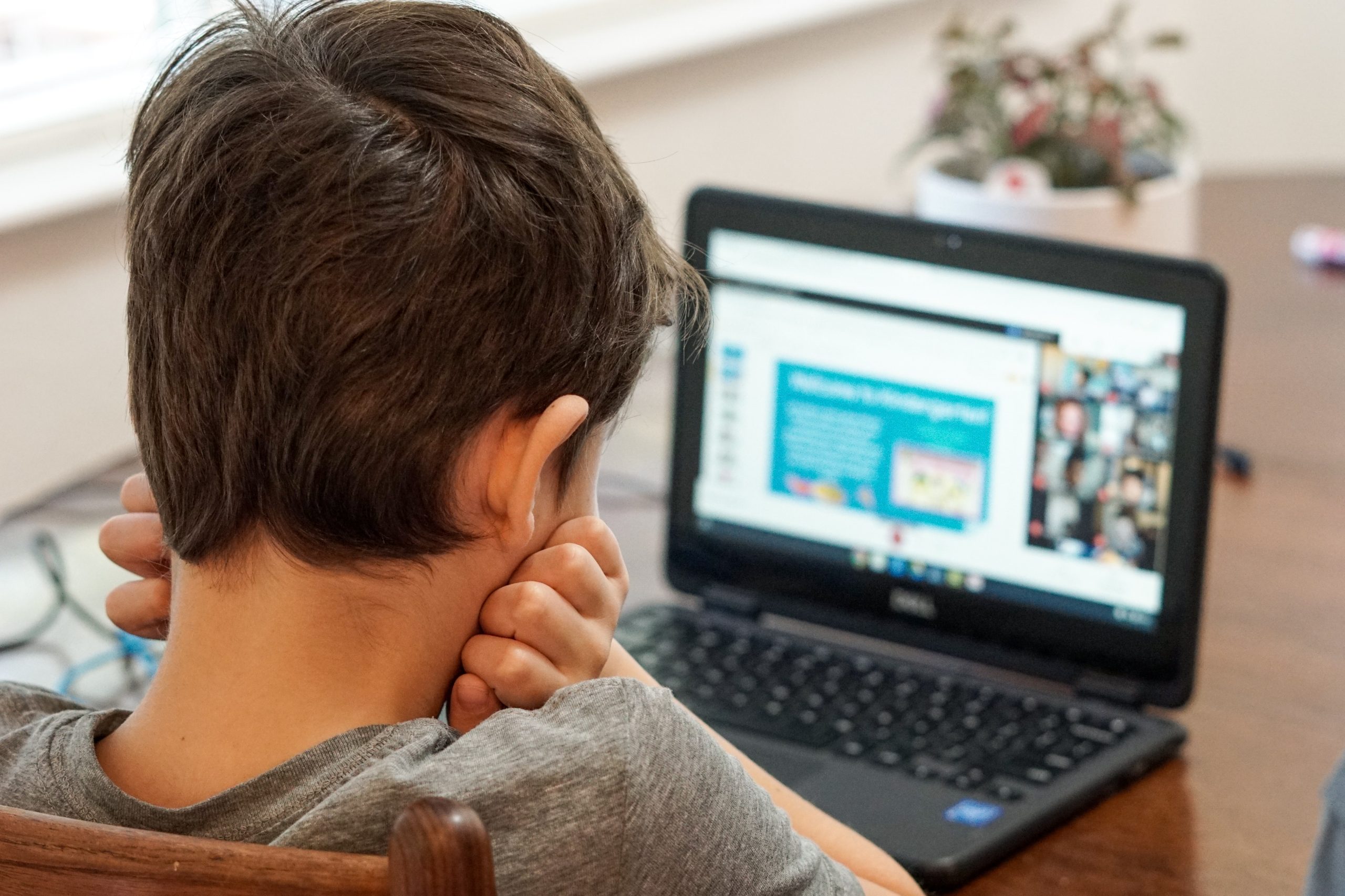This year, the COVID-19 pandemic brought new challenges for parents and children which led to children spending more time in front of telephone or computer screens. That is why we wanted, on this year’s World Children’s Day, to cover this topic together with Dobrinka Kuzmanović, doctor of psychology and co-author of the “EU Kids online” study. In this blog, Dobrinka will share some of the experts’ conclusions regarding screen time in early childhood, and in the next blog, she will share 10 tips for parents that will help them improve the quality of time the child spends using digital technologies.
In addition to contributing to the digital environment becoming “the new normal” for children of almost all ages, the current coronavirus pandemic also “heated up” one of the most intriguing debates of the 21st century – the debate about time spent in front of screens. In the middle of this debate (which involves not just the scientific community but also the general public, parents first of all) is the question: how does time spent in front of screens (digital devices) influence the development of children?
Screen time in early childhood: what does research show?
According to the results of an international study EU Kids online, carried out “before corona”, two-thirds of young school-age children and almost all high school students from the sample spend time in front of screens of digital devices every day, usually by using mobile phones. In terms of the amount of time spent in front of screens, students from Serbia are ahead of their peers from the majority of European countries, but not in terms of the quality of that time. The global trend is that children are “entering” the digital world at a younger age (usually with the help of digital devices of adults whose characteristics are not adapted to the needs of children), and that they spend more time with them.
According to the results of a recent study KiDiCoTi, children of all ages have started using digital devices significantly more during the quarantine introduced to combat the spread of the coronavirus.
Digital game distributors (e.g. Steam) report a significant increase in the number of daily users: from 19 million at the beginning of March, to 23.5 million at the beginning of April 2020. Did coronavirus really settle the debate about time spent in front of screens, and have the screens won (which is humorously suggested by the author of the article with this title)?

Children of all ages have started using digital devices significantly more during the quarantine introduced to combat the spread of the coronavirus.
What do experts for children’s development recommend?
According to the first guidelines about screen time in early childhood, published by the American Academy of Paediatrics (back in 1999), children aged under 2 should not spend time in front of screens, while children aged above 2 should not spend more than 2 hours in front of screens a day. Almost two decades later (2016), having in mind the growing importance of digital technology for life in modern society, the American Academy of Paediatrics formulated new guidelines, which shift the focus from quantity to the quality of time spent in front of screens:
- children aged 1.5-2 should not spend time in front of screens, except when participating in conversations of adults through video-chat;
- children aged 2-5 should not use digital devices for more than 1 hour a day, and this time must be used in a quality manner, with the active mediation of adults in the children’s activities and access only to content intended for children;
Using screens is not permitted during meals, or 1 hour before the child’s bedtime. Also, the use of digital devices as a means to pacify children, to distract their attention from other activities or to allow parents to free up time for their own activities should be avoided.
- for children older than 6, there is no strict limit in terms of the number of hours, but it is recommended that children and parents together create an individual plan of use of digital devices, which will ensure that the time in front of the screen does not disrupt other activities of the child (sleep, physical activity, playing with friends and family, sports activities) necessary for optimal psychological and physical development. Here you can find a calculator of time spent in front of a screen which can help you make an individual plan.

Screen time in early childhood: what does research show? During the Corona pandemic, the number of daily users increased from 19 million to 23.5 million.
According to the latest guidelines of the World Health Organization on physical activity, sedentary behavior and sleep (from 2019), during the first two years, it is not recommended to use screens, while for children aged between 2 and 4, it is estimated that they do not spend more than 1 hour a day being sedentary in front of a screen (the less the better).
According to guidelines of experts (which, unfortunately, do not have a strong basis in the results of scientific research), children should not spend time in front of screens of digital devices at the earliest age! During the early years, the children need to be provided with time for active play, practically exploring in a real environment, and interacting face-to-face with close persons. Due to the specificity of children’s development, children learn the most successfully through direct interaction with adults, more so than through digital media.
What can you do as a parent to improve the quality of screen time in early childhood? Learn more about it here.

















